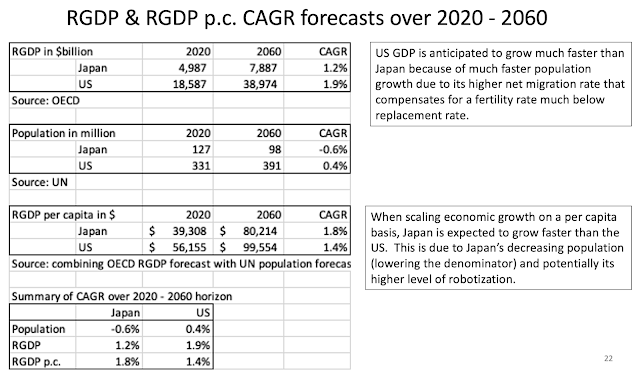Why blood pressure measurements at your doctor's office are imprecise
The blood pressure measurements you get at a doctor's office may not be representative because:
1) In a doctor's office you are nervous, and that can cause blood pressure to spike;
2) They typically take just one single reading. Blood pressure is volatile. You need to take at least 3 measurements and take the average to derive a more representative measure of blood pressure;
3) It is critical to take the blood pressure on each arm. The blood pressure in each arm is different. And, this difference is informative.
Blood pressure standards. The ones from the NHS are pretty good
Unlike American standards, the UK's NHS does not go crazy the minute your blood pressure is over 120/80. Also, the NHS is concerned about low blood pressure. American standards typically are not, a material omission.
So, here are the NHS blood pressure standards.
Take 3 measurements in each arm, and observe the difference between arms
Next is an example of a basic blood pressure reading (3 measurements in each arm, and calculating the difference between the arms, and the averages).
The above overall average blood pressure is 130/83 which falls within normal range (NHS). When we look at the data for each arm, we notice a very large difference between the two arms. It turns out that this difference is very informative. The table below discloses the interpretation of this difference.
The difference between the arms tells you what type of cardiovascular condition the patient may have, what event he may incur, and what is the location of the blocked vessels (the side with the lower blood pressure).
When I use "may" it indicates the statement is uncertain. It is not deterministic. But, the blood pressure measurements inform the cardiologist on what test to conduct to confirm the presence of the mentioned condition.
Next, look at the difference between Systolic and Diastolic pressure
The difference between the systolic and diastolic pressure is called Pulse Pressure (PP). The ratio of the PP divided by the systolic pressure (PP/S) is also of interest. Let's take an example.
The table below discloses the interpretation of the PP metrics. Notice the frequent use of "may" conveying uncertainty. However, it suggests the PP information can raise hypotheses regarding numerous cardiovascular ailments.
The described patient has good pulse pressure measurements which do not raise explicit concerns.
You may also consider observing the difference between arm and ankle blood pressure
The difference between your arm and ankle blood pressures is the ankle-brachial pressure index (ABPI). This measurement requires special equipment conducted in a doctor's office. For more detail on this test, check Wikipedia.
Nevertheless, I would venture that taking 6 measurements at home (without the precise equipment) may be as representative as taking one single measurement at a doctor's office.
See below the table interpreting the ABPI (source: Wikipedia).
An ABPI between 0.90 and 1.29 is considered normal, free from peripheral vascular disease (PVD), while a lesser than 0.9 indicates arterial disease.
An ABPI of 1.3 or greater is high, and suggests calcification of the walls of the arteries and incompressible vessels, reflecting severe PVD.
How about the plain Pulse Rate... It is about Atrial Fibrillation
Blood pressure monitors disclose the pulse rate (heartbeat per minute). On a stand alone basis, it is not informative. However, the pulse rate is the marker for atrial fibrillation (A-fib), irregular, and rapid heartbeat. If left untreated, it can lead to serious cardiovascular events and cognitive impairment. For more details on A-fib, go to Wikipedia.
So, how can you test yourself for A-fib? Anyone who has a Fitbit, Smartwatch, or Oura ring can observe their pulse rate trend throughout the night. Any spiking deviation in pulse rate will be readily noticeable. And, it may suggest one has A-fib. During the day, such measurements are less precise because any activity readily affects our pulse rate.
































